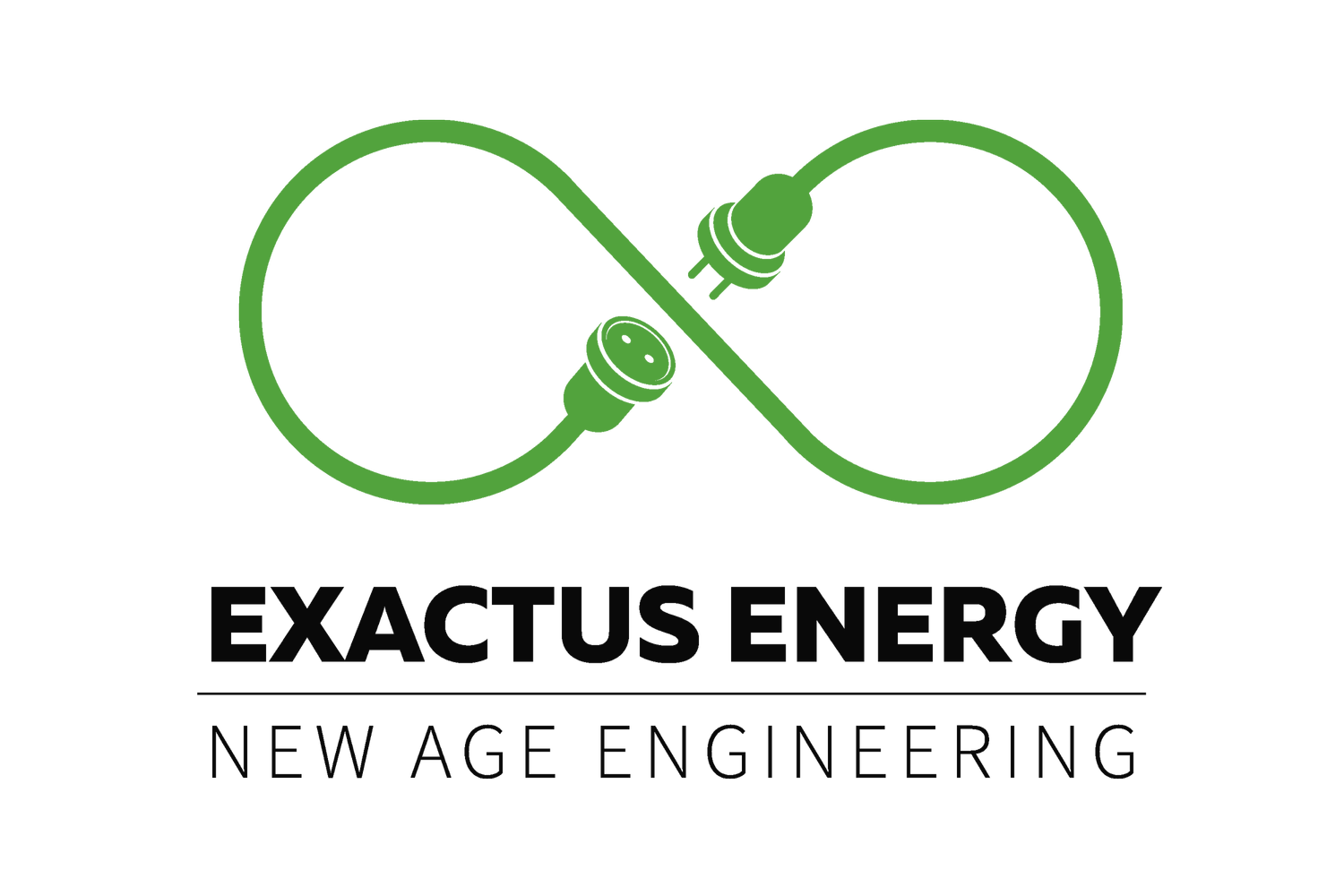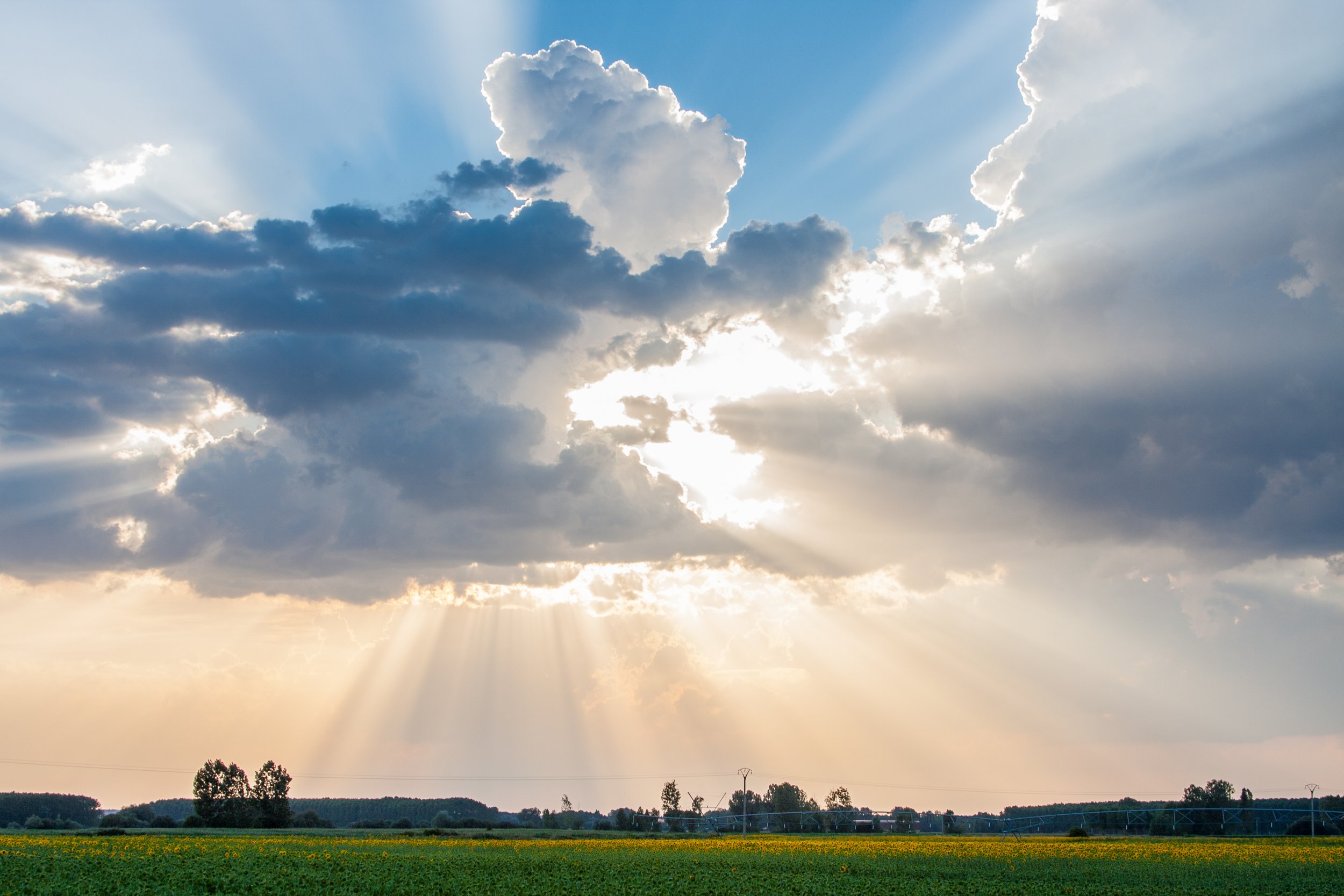The world’s heating up, storms are getting worse, and fossil fuels are taking their toll. That’s why people keep turning toward renewable options. Solar stands out—not just because it’s clean, but because it’s everywhere. The sun shows up every day, pouring down free energy, and solar power is finally figuring out how to catch it. That makes it one of the strongest players in the shift toward a future that’s greener, steadier, and more sustainable.
Some states have already raced ahead with solar, filling rooftops and open land with panels. But plenty of others are barely scratching the surface, sitting on huge potential that hasn’t been tapped yet. That’s where things get interesting. In this post, we’ll dig into which states still have room to grow, and take a look at both the hurdles holding them back and the opportunities waiting if they decide to lean into solar energy.
(Learn How to Navigate Local AHJs for Smooth Permit Submissions)
Identifying Untapped Solar Markets
A mix of things explains why some states are still behind on solar. Policy support matters—without it, projects stall. Regulatory red tape slows things down too.
Money’s a big one—good incentives can tip the scales and make solar feel like an easy “yes,” but if the perks are small or confusing, people usually just stick with what they know. Awareness matters too. A lot of folks don’t realize how much solar could cut their bills, or they think it’s only for certain types of homes.
And of course, the land and weather play their part—some states are practically drenched in sunshine with wide-open spaces, while others face more limits. Put all of that together, and you get a handful of states where solar is still wide open, just waiting for its moment.
1. Mississippi
Mississippi gets plenty of sunshine, so on paper it looks like the perfect place for solar to thrive. But in reality, progress has been sluggish. A big reason is the lack of strong policy support—rules and regulations that could make solar easier just aren’t there. Without fair net metering policies and with low renewable energy targets, homeowners and businesses don’t have much incentive to invest. The result? A state full of solar potential that’s still waiting to be unlocked.
2. Alabama
Alabama’s in a similar boat as Mississippi. The state has no shortage of sunshine, but the market hasn’t taken off the way it could. Without strong policies or meaningful incentives, there just isn’t much momentum to push solar forward. If state leaders rolled out supportive programs or clear initiatives, it could spark real investment and open the door for Alabama to finally tap into its solar potential.
3. Georgia
Georgia’s dipped its toes into solar, but most of its potential is still sitting on the sidelines. There’s no shortage of sunshine, but the push hasn’t matched the opportunity. Give Georgia the right mix of strong policies and financial backing, and the whole solar landscape could flip almost overnight. Instead of slow, piecemeal growth, you’d see neighborhoods, farms, and businesses all jumping in at once. Investors would notice too, pouring money into projects that create jobs, boost local economies, and cut energy costs. Beyond the dollars, it’s about image—Georgia could shift from being “behind the curve” to standing out as a national leader in clean, sustainable energy.
4. South Carolina
South Carolina has made some progress with solar, but it’s still only partway there. The state has the sunshine and the interest, yet the market hasn’t fully opened up. Putting more energy into community solar projects could make a big difference, giving access to people who don’t own their rooftops or can’t install panels themselves. Pair that with stronger incentives, and South Carolina could see its solar capacity grow quickly, turning moderate progress into real momentum.
5. Louisiana
Louisiana is practically overflowing with sunshine, but the solar scene feels stuck in neutral. The problem isn’t the weather—it’s the lack of direction. No strong renewable energy policies, no bold targets, nothing to give the industry momentum. Add in some of the lowest electricity prices in the country, and people figure, “Why bother?” But here’s the twist: that sleepy market is actually a wide-open door. With even a small shift in policy—tax breaks, renewable standards, or community solar programs—the state could flip fast. Companies would swarm in, jobs would pop up, bills could shrink, and Louisiana could finally turn its endless summer into serious solar power. Right now it’s wasted potential. With the right push, it could be one of the South’s biggest success stories.
Challenges in Untapped Solar Markets
Several common challenges tend to hinder the growth of solar energy in these untapped markets:
Policy and regulatory hurdles: Solar can only go as far as the rules let it. If the policies are outdated, confusing, or half-baked, progress grinds to a halt. Projects get stuck in red tape, and investors? They pack up and head to states that actually make room for clean energy to grow..
Limited financial incentives: Let’s face it—solar isn’t pocket change. Rebates, tax breaks, and credits make the cost way less intimidating. Without them, most folks look at the price tag, shake their heads, and stick with the status quo.
Grid integration issues: You can’t just dump a bunch of solar power into an old grid and hope it works. The system has to be modern enough to handle the load. In a lot of untapped markets, the grid’s behind the times, and that makes it tough for solar projects to get going.
Public awareness and education: Plenty of people still don’t really “get” solar. They think it’s too expensive, or that panels only work when the sun’s blazing. That kind of misunderstanding keeps adoption crawling instead of running. With better outreach—showing real savings, real results, and clearing up those myths—more people would see solar as something that actually fits their lives.
Opposition from established industries: The old guard doesn’t like change. Oil, coal, gas—they’ve had the stage for over a century, and now solar shows up, stealing the spotlight. So, they dig in. They fight. Lobbyists, lawsuits, whispers in back rooms. It slows everything down. But here’s the truth—clinging to the past only drags us all backward. The real breakthrough happens when the giants stop swinging at shadows and start asking, “What if we worked with this?” That’s when doors crack open, unlikely allies form, and clean energy stops being the “enemy” and starts being the future we all share.
Opportunities for Solar Expansion
Sure, the roadblocks are there—no doubt about it. But those untapped solar markets? They’re packed with possibility. Think about it: wide stretches of land, endless sun, and communities that could benefit big-time. The obstacles—yeah, they slow things down, but they don’t have to stop the story. Clear a few of them out, and suddenly doors swing open. New jobs, fresh investment, cleaner air, cheaper power. It’s not just flipping a switch, it’s reshaping the future—state by state, rooftop by rooftop.
Policy reforms: States can’t keep running on yesterday’s playbook. Old rules drag projects down. Fresh policies—net metering that actually pays off, renewable standards with teeth, permits that don’t take forever—those are the keys that flip the switch and get solar moving.
Financial incentives: Let’s be real—solar grows when the numbers work. Tax breaks, easy grants, low-interest loans—stack those up and suddenly investors lean in, developers stop hesitating, and projects stop stalling. It’s the fuel that turns potential into panels on the ground.
Community solar incentives: Not everyone’s got a roof ready for panels, and that’s fine. Community solar makes sure they’re not left out. Neighbors chip in, renters buy a share, entire blocks plug into the sun together. It’s shared power, shared savings, shared momentum.
Public-private partnerships: Solar works best when everyone pitches in. Local leaders, businesses, and community groups each bring something different to the table, and when they actually work together, projects get off the ground faster and solutions feel real.
Workforce development: At the heart of solar growth are the people who build it. With the right training programs, folks can land steady jobs, learn skills that last a lifetime, and keep money flowing back into their own communities.
Solar has the power to completely reshape how the U.S. gets its energy—and cut way back on the emissions heating up our planet. The states still sitting on untapped solar potential have a chance to lead the way, to show what the clean energy transition really looks like in action. But that only happens if they clear the policy roadblocks, boost financial support, and spread the word so more people get on board. Going solar isn’t just about plugging into cleaner power—it’s about building stronger economies, creating good jobs, and protecting the planet so future generations inherit something better.
(We specialize in full solar permit services to get any solar project approved. Contact us for more details)


